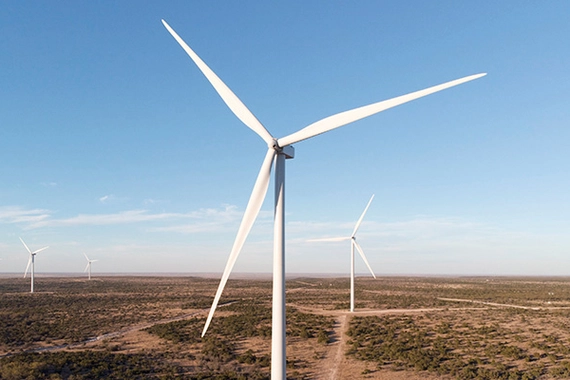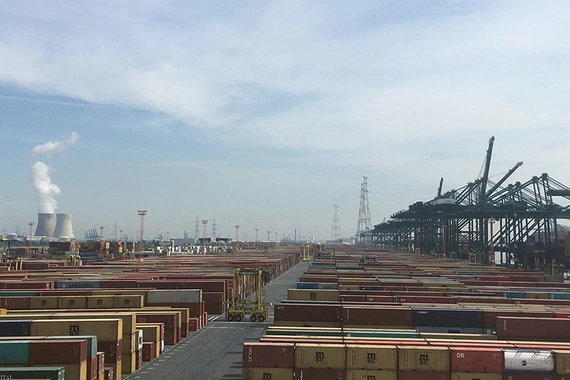
Novartis is committed to using resources efficiently and reducing greenhouse gas (GHG) emissions, which affect the climate. Our ambition is to make the company both energy and climate resilient.

Novartis is committed to using resources efficiently and reducing greenhouse gas (GHG) emissions, which affect the climate. Our ambition is to make the company both energy and climate resilient.
In July 2024, the Science Based Targets initiative (SBTi) approved the near and long-term science-based emissions reduction targets of Novartis, aiming for net-zero greenhouse gas emissions by 2040 across our value chain. Our strategy is hence consistent with limiting global warming to 1.5°C above pre-industrial levels. Within the scope of this commitment, we have joined the Business Ambition for 1.5°C and have also become part of Race to Zero, the UN-backed campaign led by the High-Level Champions for Climate Action.
We are a signatory of The Climate Pledge and a member of RE100, to help accelerate progress toward 100% renewable electricity, and EV100, helping drive the transition to electric vehicles.
Our first priority is to reduce our demand for energy, and we have a longstanding, comprehensive energy and climate program, which aims to improve energy efficiency for all industrial and commercial operations. This program helps ensure that all major sites are routinely assessed, and investments in energy efficiency are prioritized based on forecast energy savings.
Novartis has set an internal carbon price of USD 100 per ton (t) of carbon dioxide equivalents (CO2e). This is used to determine the financial impact of climate emissions from significant investments. Building a carbon price into investment decisions is important because it helps us to take potential impacts on climate into account, and it is more effective to build in energy efficiency from the beginning than to redesign an existing system.
We are also making investments to decarbonize the energy we need by using renewable energy sources where available and feasible.

In 2017, we struck our first major wind power deal, allowing us to neutralize the carbon footprint for all the electricity bought for our operations in the United States and Canada. In 2020, we signed five virtual power purchase agreements to help us achieve 100% renewable electricity in our European operations.

In order to achieve our carbon neutrality targets, we are in the process of greening our car fleet.

Working together with our suppliers around the world, we are taking steps to decarbonize our supply chain.
In addition, we have started to assess how climate change will affect facilities and are taking actions to improve our climate resilience and make our facilities less susceptible to extreme weather events.
To achieve our 2030 climate target, we need to engage with our suppliers. We have identified the climate hot spots in our value chain and have started to work with our suppliers to address these. In addition, we published the Novartis Environmental Sustainability Criteria for Suppliers (PDF 0.3 MB), to formally communicate our Environmental Sustainability Strategy to our third-party suppliers, setting out clear objectives and deliverables, as well as details on monitoring progress.
We have also begun to investigate the carbon footprint of our key products to identify the steps we can take to minimize it. For example, we have completed lifecycle assessment studies of two BREEZHALER® inhaled products.